The AMI Water Meter Market is currently characterized by a dynamic competitive landscape, driven by technological advancements and increasing demand for efficient water management solutions. Key players such as Itron (US), Sensus (US), and Kamstrup (DK) are strategically positioning themselves through innovation and partnerships. Itron (US) focuses on integrating advanced analytics and IoT capabilities into its products, enhancing operational efficiency for utilities. Sensus (US), on the other hand, emphasizes regional expansion and customer-centric solutions, aiming to capture a larger market share in North America. Kamstrup (DK) is leveraging its expertise in smart metering technology to foster digital transformation in water management, thereby shaping the competitive environment through a focus on sustainability and resource optimization.
The business tactics employed by these companies reflect a concerted effort to localize manufacturing and optimize supply chains, which is crucial in a moderately fragmented market. This competitive structure allows for a diverse range of offerings, with key players influencing market dynamics through their innovative approaches. The collective influence of these companies not only enhances their market presence but also drives the overall growth of the AMI Water Meter Market.
In August 2025, Itron (US) announced a strategic partnership with a leading utility provider to implement a comprehensive smart water management system. This collaboration is expected to enhance data-driven decision-making and improve water conservation efforts, underscoring Itron's commitment to sustainability and innovation. The partnership is likely to position Itron as a frontrunner in the market, as utilities increasingly seek advanced solutions to address water scarcity challenges.
In September 2025, Sensus (US) launched a new line of smart water meters designed to integrate seamlessly with existing infrastructure. This product introduction aims to facilitate the transition to smart water management for utilities, thereby enhancing operational efficiency. The strategic importance of this launch lies in Sensus's ability to cater to the growing demand for smart solutions, potentially solidifying its market position amidst increasing competition.
In July 2025, Kamstrup (DK) expanded its operations into the Asia-Pacific region, establishing a new manufacturing facility in Vietnam. This move is indicative of Kamstrup's strategy to localize production and reduce lead times, which may enhance its competitive edge in the rapidly growing APAC market. The establishment of this facility not only reflects Kamstrup's commitment to meeting regional demand but also highlights the importance of supply chain optimization in the current market landscape.
As of October 2025, the AMI Water Meter Market is witnessing trends such as digitalization, sustainability, and AI integration, which are redefining competitive dynamics. Strategic alliances among key players are increasingly shaping the landscape, fostering innovation and collaboration. Looking ahead, competitive differentiation is likely to evolve from traditional price-based competition to a focus on technological advancements, innovative solutions, and reliable supply chains, as companies strive to meet the demands of a rapidly changing market.


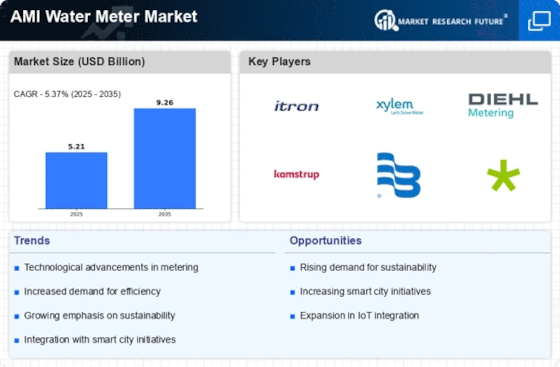
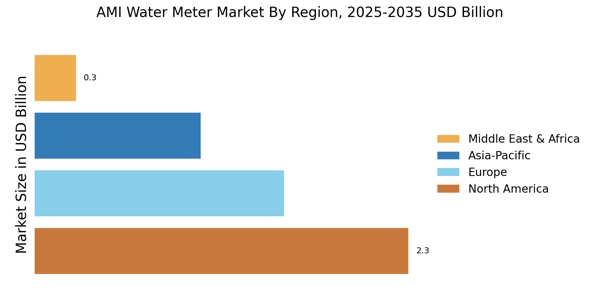
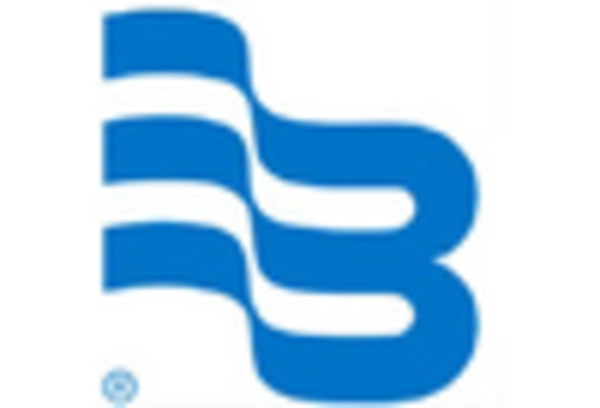
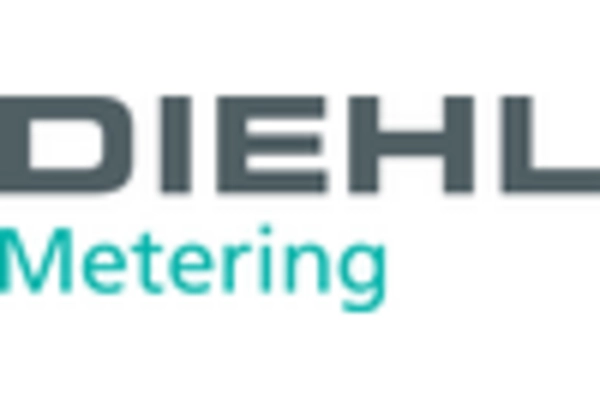


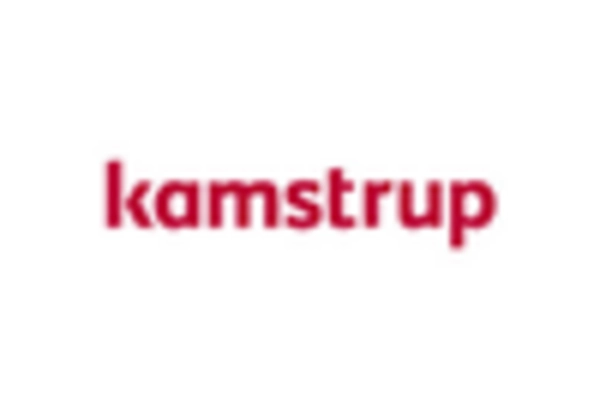
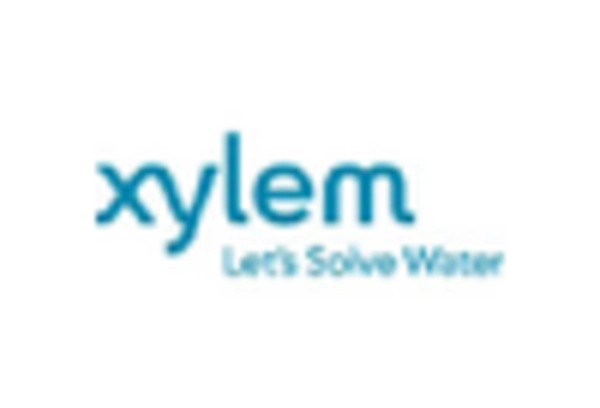








Leave a Comment